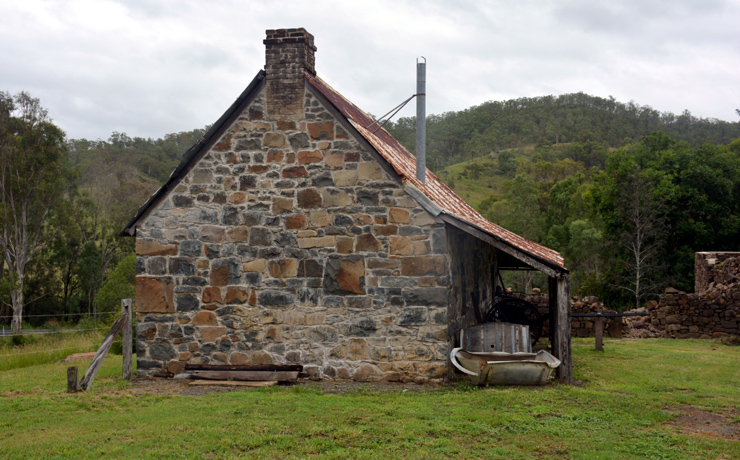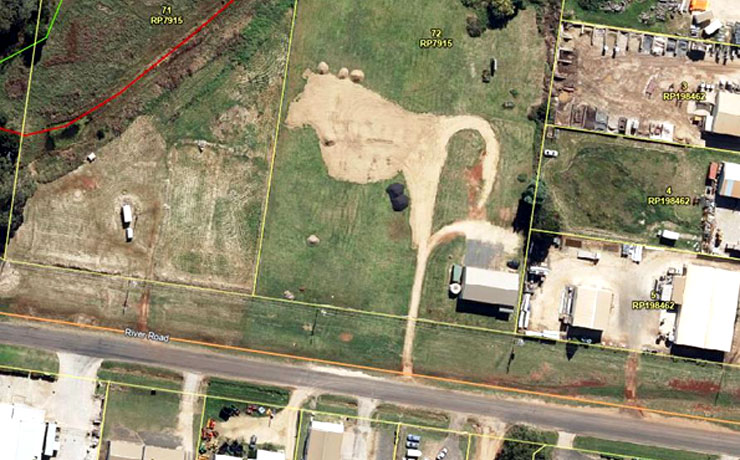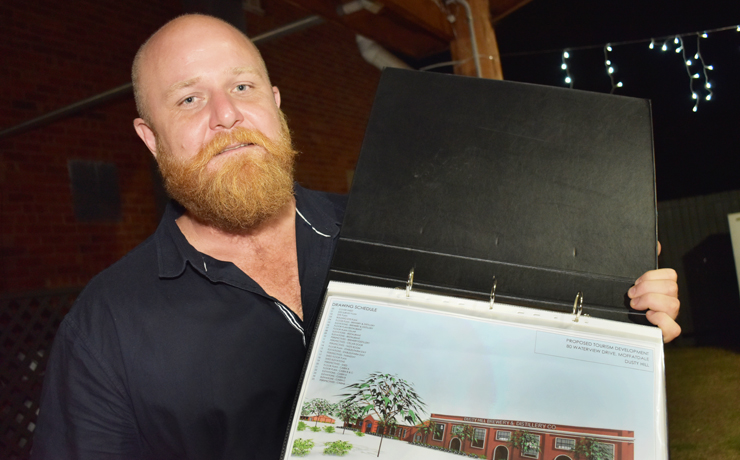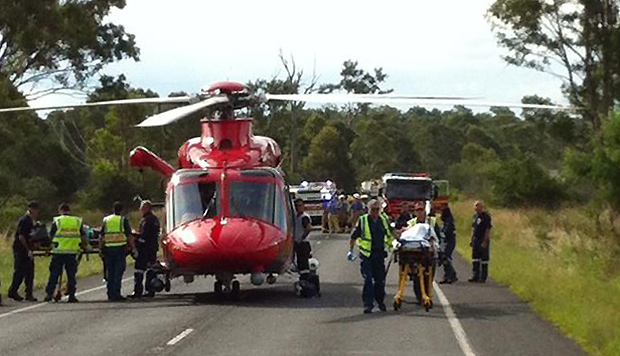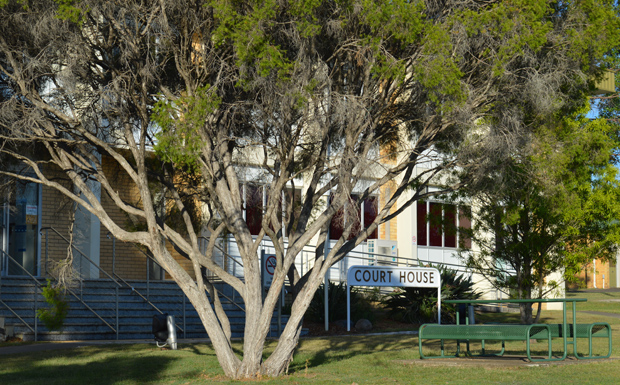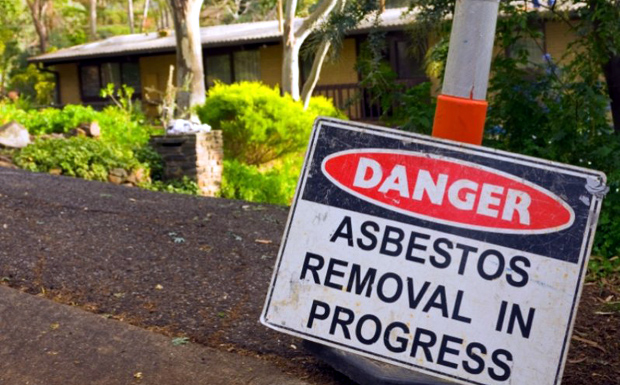
October 26, 2015
The South Burnett Regional Council today issued a warning about the risks of “do it yourself” (DIY) improvements on older homes.
“November is Asbestos Awareness Month, and Council is on a mission to ensure residents stay safe,” Mayor Wayne Kratzmann said.
A conservative estimate is that one in three Australian homes contain asbestos products in some form.
However, the figure could be even higher in the South Burnett where many farm buildings were constructed from an asbestos cement sheet product known as “Super Six” as a cost-effective way of housing equipment and stock.
Asbestos-containing materials were also used to build sleep-out additions to farmhouses, workers’ accommodation, and community housing.
Council’s Manager of Environment and Waste Services Craig Patch said asbestos was widely used in homes which were built or renovated before 1987.
“Even if you live in a brick, weatherboard or clad home, asbestos can be found in eaves, bathrooms, sheds, under floor coverings, around hot water systems, and even in dog kennels,” Mr Patch said.
“While asbestos is perfectly safe when undisturbed, the danger is when people decide to renovate, homes are demolished, there are fires, or other damage to the home, and the asbestos is exposed.”
If asbestos fibres are released into the air and inhaled, this can lead to asbestosis, lung cancer, and mesothelioma, an incurable cancer which affects the lining of the lung.
While the use of asbestos has been banned in Australia since 2003, scientific studies show that most exposures are now directly linked to the current DIY craze, with many victims being homeowners and families exposed during renovations or maintenance.
“There have been cases where homeowners, wanting to save cash by doing work themselves, have unknowingly exposed their children or neighbours to asbestos fibres,” Mr Patch said.
He warned that symptoms of asbestos-related diseases do not appear until many years later.
“For example, mesothelioma develops between 20-50 years after inhaling the fibres, and the average survival time after diagnosis is 10-12 months. We don’t want this to happen to our residents.”
“Council’s message is that if your home has been built before 1987, regardless of the building material, be wary of carrying out DIY renovations.
“If you are renovating and you find asbestos, don’t play ‘renovation roulette’”, Mr Patch said.
Licensed asbestos removalists should be contacted to deal with asbestos materials.
Details can be found on Worksafe Queensland’s website.
“Alternatively, if you find asbestos materials in your home, and they are in good condition, paint them, and then leave them alone,” Mr Patch said.
* * *
The South Burnett Regional Council accepts asbestos for disposal at its Kingaroy and Nanango Waste Facilities, provided that the following conditions are met:
- Material must be double wrapped and effectively sealed in black plastic
- 48 hours notice is required to ensure the burial area has been prepared in advance and the waste material delivered to landfill can be covered immediately; people needing to disposal of asbestos should contact Council’s Waste Services section on (07) 4189-9128 to make the necessary disposal arrangements
- Commercial clients must provide a Waste Transport Certificate
There is a fee to cover the disposal of the asbestos, which must be paid prior to disposal unless the user has a monthly waste account.












